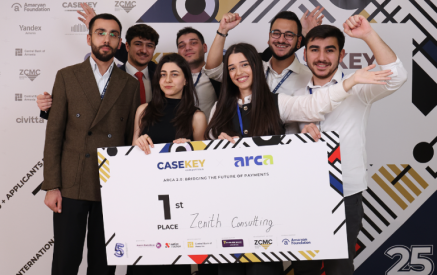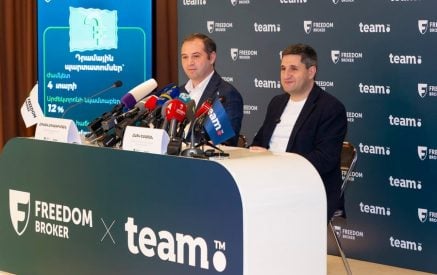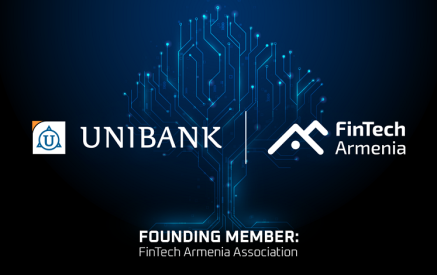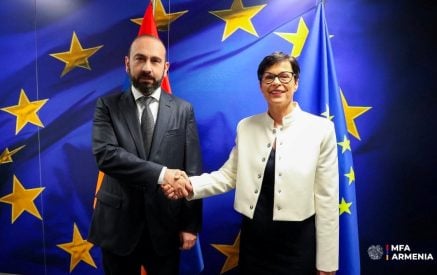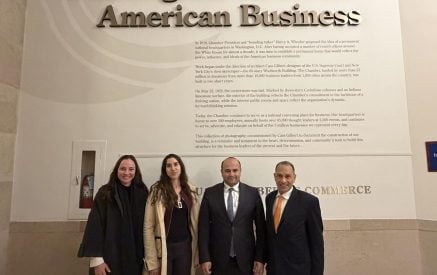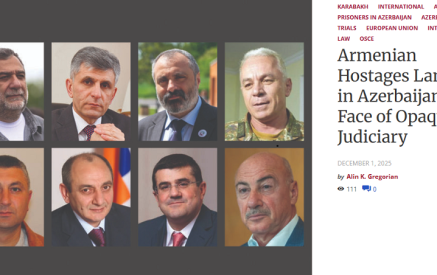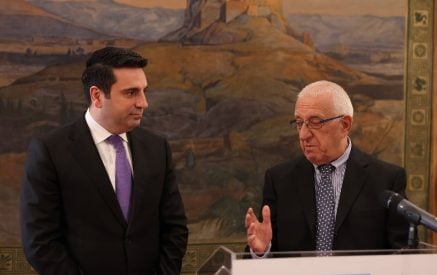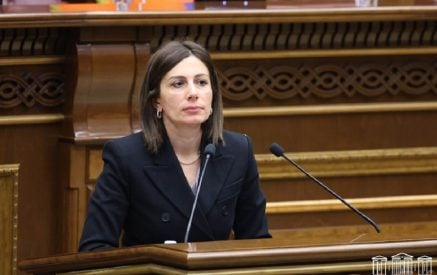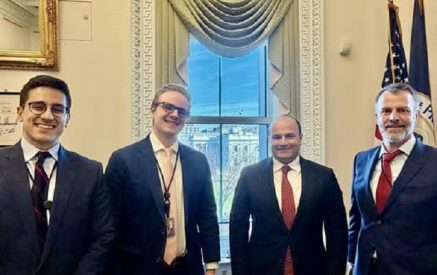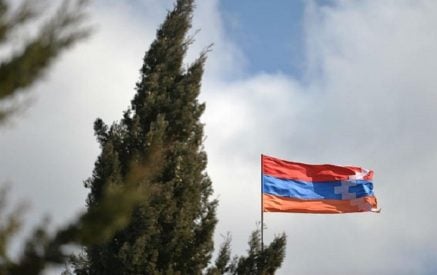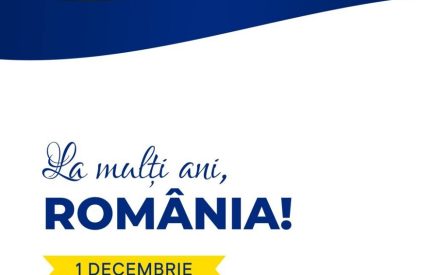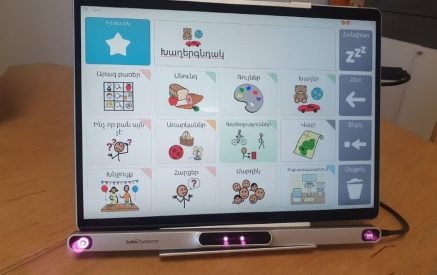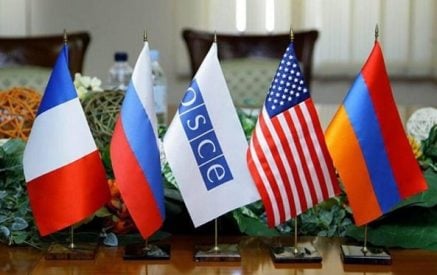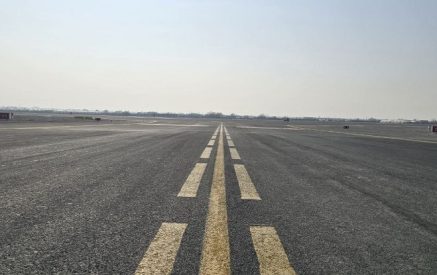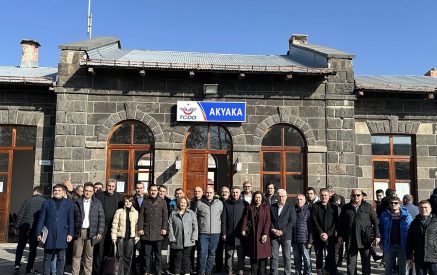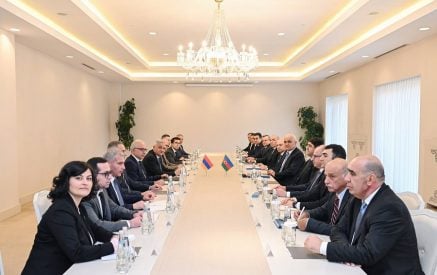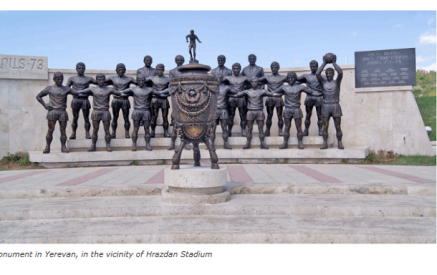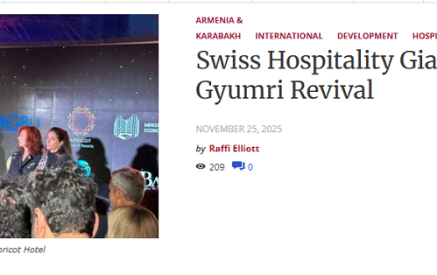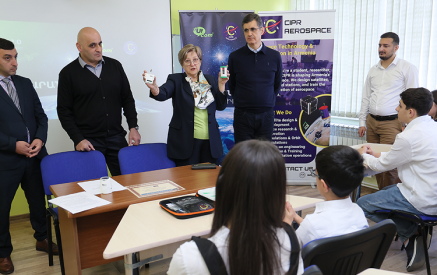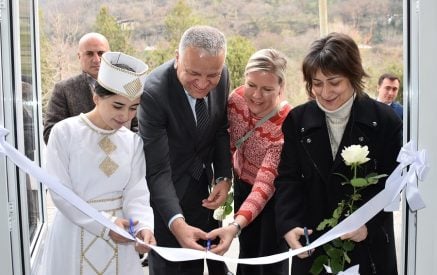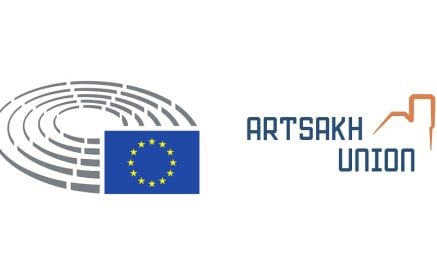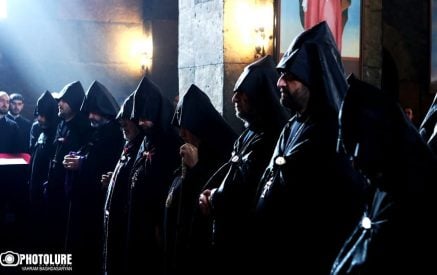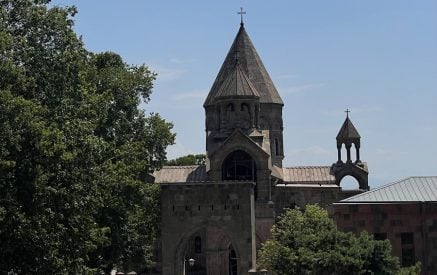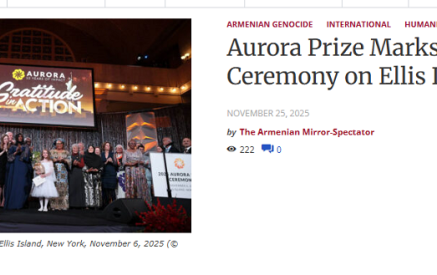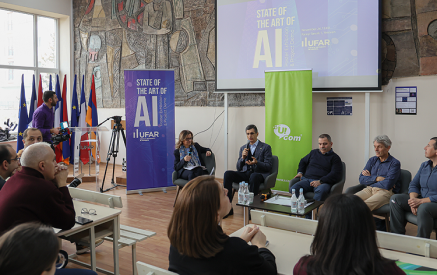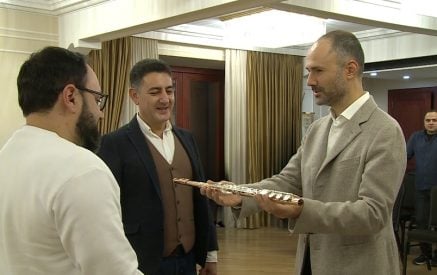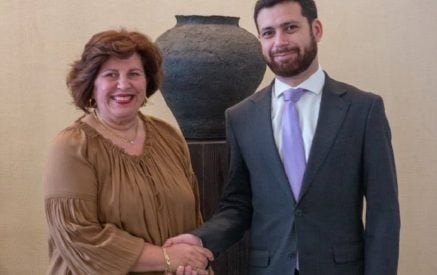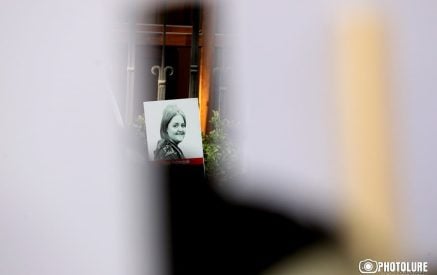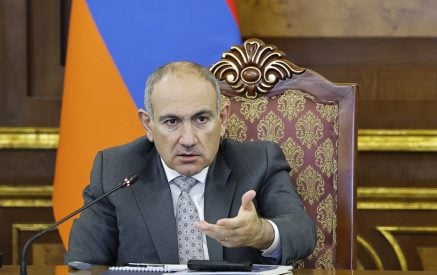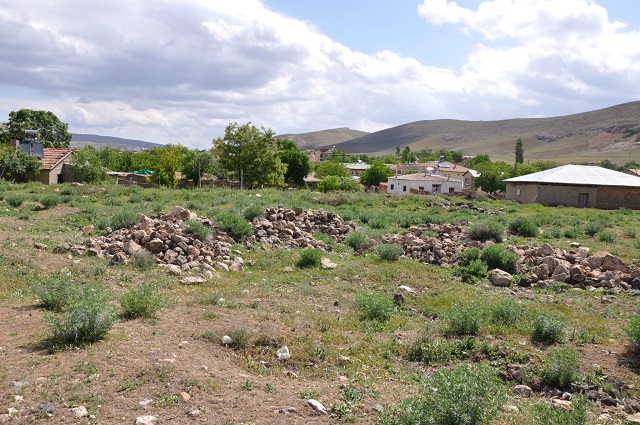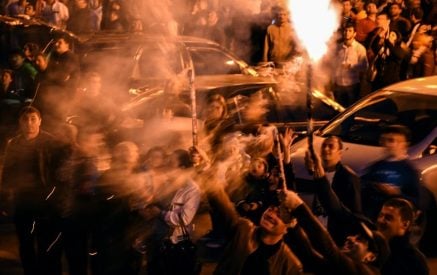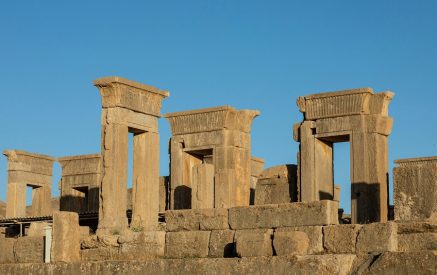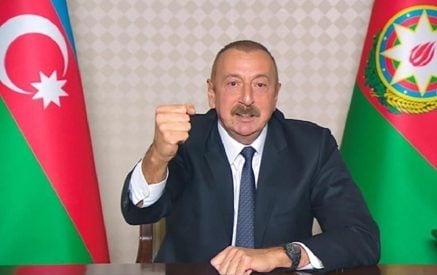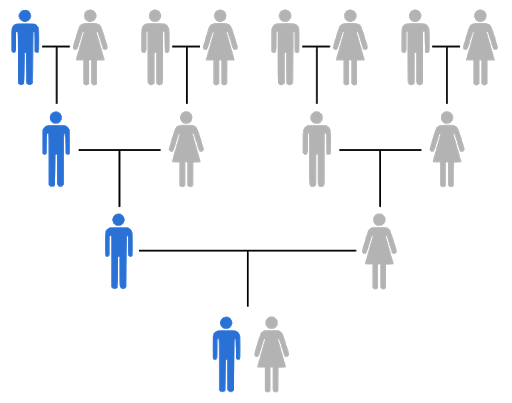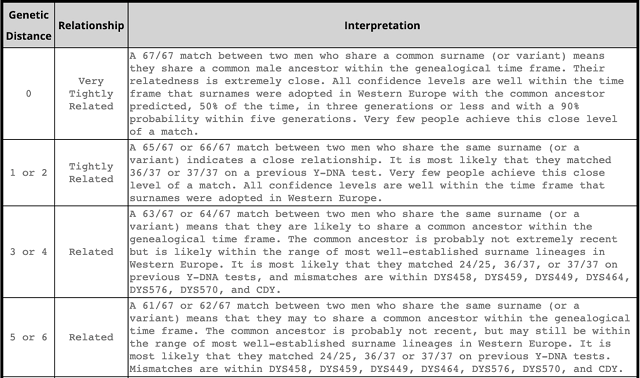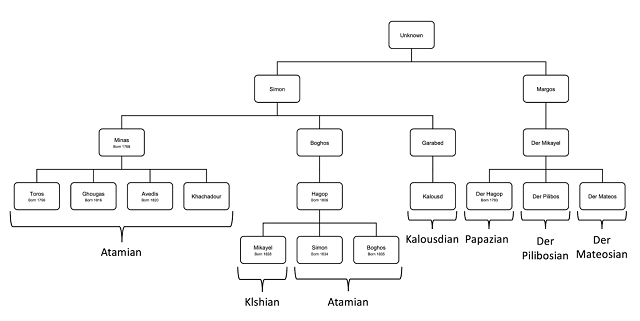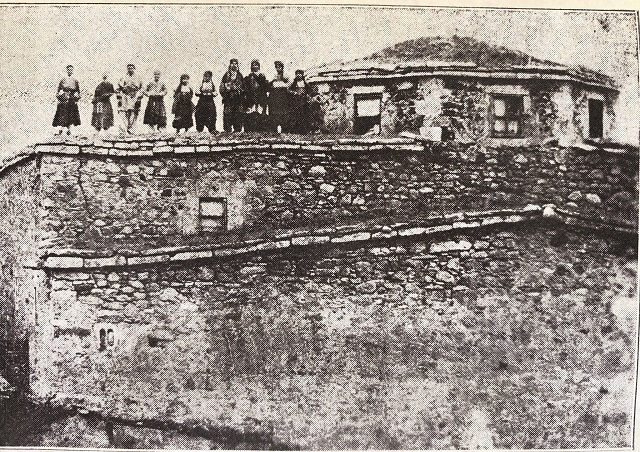Y-DNA Testing
The advent of commercially available DNA testing has opened up opportunities, previously unimagined, for Armenians to learn more about their family histories. Unfortunately, most people are drawn to DNA testing with the promise of identifying their ethnicity make-up. The advertising campaigns of these companies promote this service and feed these hopes. People fixate on the varied ethnicity estimates of each company and how they differ from their perception and self-identity. It is outside the scope of this article to discuss the caution that should be employed when viewing such results. Regardless, if this is the driving force for more Armenians to DNA test, all the better. I have often supplied in presentations and articles the explanations for why DNA testing is so important in the process of repairing the ruptures in our family histories caused by the Genocide. In this article, I offer analysis of another infrequently used DNA test.
Y-DNA testing is available to only men. Unlike autosomal DNA testing (e.g., ancestry.com, 23andMe, FamilyTreeDNA, etc.) which supplies information on all ancestors within a certain time period, Y-DNA testing only supplies information on direct paternal ancestry (e.g., father, paternal grandfather, great-great grandfather, and so on).
Read also
This test is only offered by FamilyTreeDNA. It is rarely ordered because of its limited use for genealogical purposes and higher cost. There is a comparable mitochondrial DNA test (mtDNA) for direct maternal ancestry which both men and women can take, but it is even more limited in usefulness for genealogical research.
The objective is to determine the most recent common ancestor (MRCA) with those who share your DNA. An autosomal DNA match, depending on the amount of shared DNA, will most likely share a MRCA within five to six generations, though occasionally small segments will be passed down over longer periods. For example, those sharing greater than 50 centimorgans (cm) of DNA will, with high probability, be fourth cousins or closer in relationship.
However, in the case of a Y-DNA match, the MRCA for even an exact match may be centuries ago. The mtDNA mutates even more slowly and, thus, even less can be discerned from matches. In addition, whereas the MRCA for an autosomal test can be anywhere across your family tree, the MRCA for a Y-DNA or mtDNA match can only be one person in each generation (e.g., only one of your eight great-grandparents, one of your 16 great-great-grandparents, etc.).
There are different levels of Y-DNA testing that can be purchased. The more markers compared, the more costly the test, and the more refined the timeline of MRCA. Currently, you are limited to a 37 (Y-DNA37) or 111 (Y-DNA111) marker test, though those testing previously had more options. A match of genetic distance of zero on the Y-DNA111 will have MRCA within four generations 90-percent of the time and within two generations 50-percent of the time. For genetic distance of one, the MRCA will be within six generations 90-percent of the time and within three generations 50-percent of the time.
The following table is a more detailed explanation for the Y-DNA67 test.
Here is the comparable table for the Y-DNA111 test.
In western cultures where surnames have a longer tradition than in Armenian families, one could use a Y-DNA test to confirm the relationship of those sharing a surname. However, in the Armenian context, surnames were mostly a 19th century development and were rarely maintained across generations. As families grew and divided into separate households, most often they would take on the name of their patriarch. Thus, Armenian Y-DNA matches will most likely not share the same surname. Yet, there are some fascinating oral histories available that detail the surname progression of particular families, and it is here that opportunities exist for study.
Pazmashen
Pazmashen was an entirely Armenian village approximately nine miles west of the Kharpert fortress. Throughout the 19th century, the village grew and prospered. At its height, almost 2,000 Armenians lived in Pazmashen. After the Hamidian massacres and increased immigration, there were 1,500 Armenians in 320 households on the eve of the Genocide. In 1930, two separate histories were written of the village, one by Abdal Boghosian and the other by Vartan Khosrovian. These books, especially Boghosian’s Comprehensive History of Pazmashen, supply a rich history of the founding clans of Pazmashen and the surnames generated from each of these clans. Many descendants from the village congregated in Whitinsville. There is a story that back in the day, the trolly operator would call “Last stop Pazmashen,” upon arrival in Whitinsville, much to the pleasure of the Armenians onboard.
I became interested in Pazmashen particularly in 2016. That year, while in Watertown, I visited my father’s first cousin Michael Demirjian—a direct paternal descendant of my great-grandfather Misak Demirjian. I visited him with the hopes that he would take a DNA test, and he agreed. Sadly, he has since passed away, and I am even more glad I took the opportunity that day to take his sample.
We knew so little of my great-grandfather. He was a blacksmith in Diyarbakir. In 1914, he was conscripted into the Ottoman army and never heard from again. My grandmother, her brother and mother survived the march to Aleppo and eventually made their way here. Previously, I held out very little hope of ever learning more about his background. But then I received Michael’s test results. He had a Y-DNA67 match with genetic distance of zero. His match, Ken Hampian, had paternal roots in Pazmashen.
I then became consumed with trying to determine which of the Pazmashen clans my great-grandfather had been a member of. During that process, I also came to study the oral history tradition of family relationships as contained in the Pazmashen books. Since then, I arranged for the DNA tests of over a dozen men with paternal roots in Pazmashen. The results are fascinating.
The founding families were stated to be Tatoyents/Tatoian, Korkoyents/Korkoian, Narozents/Narozian, Dervishents/Dervishian, Mnchigants/Mnchigian, Bedoyents/Bedoian, Shahbazents/Shahbazian, Eoksiuzents/Eoksiuzian and Panoyents/Panoian. From each of these would spring 10 more surnames and, thus, over 80 more in total. In one account, Pazmashen was founded in the 12th century by these clans. In the other account, following the brutal reign of Tamurlane in the 15th century, four Kendoian brothers purchased the village. Early Ottoman records indicate a growth in Pazmashen throughout the 16th century to the same approximate size over the next 150 years.
So far, of those tested, 12 match each other with a genetic distance of 0-6 using the Y-DNA67 results. At the core of these results are Michael Demirjian and Ken Hampian. They are at zero genetic distance for Y-DNA67 and one genetic distance for Y-DNA111. This most likely means that Ken and Michael descend from the same man who would have been Misak’s grandfather or great-grandfather. This is further supported given Ken and my father also were autosomal DNA matches. Interestingly, before the Y-DNA results, I had noticed a good number of autosomal matches between me and my father and those with roots in Pazmashen, particularly those from the Dervishian clan.
The Pazmashen histories speak of the significant trade of villagers with various cities, including Diyarbakir. It seems likely that sometime in the mid-1800s my ancestors made the move from Pazmashen to Diyarbakir, most likely for economic reasons. The question of which clan he belonged to is still unanswered. Ken’s family took on the patronymic surname of Hampartsoumian while my family took on the occupational surname of Demirjian. While our closest matches are with those of the Dervishian and Shahbazian clans, the results also indicate that these clans originate from the same common male ancestor.
What we can say at this point is that these founding families would grow to encompass well over 100 households in the village during the 1800s. The Korkoians, Dervishians, Panoians, Bedoians, Shahbazians and Narozians all descend as well from a common male ancestor who most likely lived in the 1600s. Thus far, the Tatoian clan is the only one that did not match the others. I have also yet to discover a descendant of the Mnchigian or Eoksiuzian clans. However, the more people test, the clearer things will become. So I would be very interested in others who descended continuously through their male ancestors from Pazmashen.
George Aghjayan
Main Photo Caption: The present-day village of Pazmashen in Western Armenia, 2012 (Photo: George Aghjayan)


